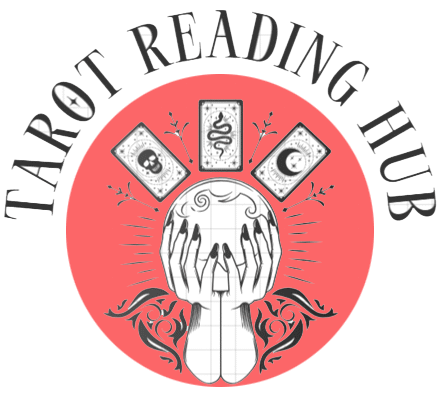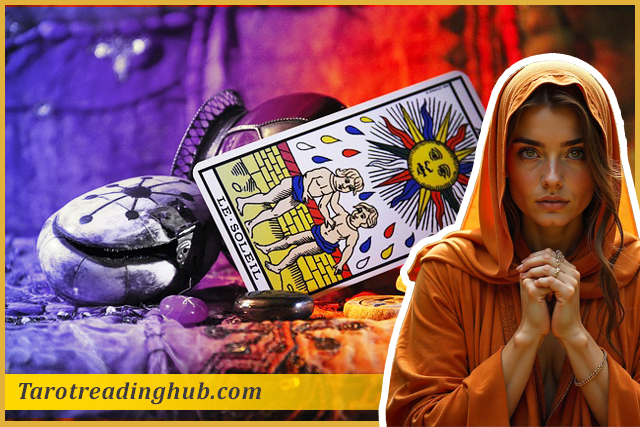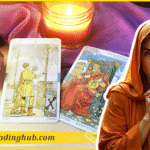Understanding Tarot: Foundations and Interpretations
Tarot is a fascinating system that consists of a deck of 78 cards, which can serve as a powerful tool for self-reflection and divination. At the heart of any tarot exploration lies an understanding of its fundamental components, namely the Major Arcana and the Minor Arcana. The Major Arcana consists of 22 cards that represent significant life events and archetypes. Each card, such as The Fool or The World, carries profound meanings and messages that resonate with human experiences on a universal level. The Fool, often viewed as a symbol of new beginnings, encourages embracing spontaneity and the journey ahead, while The World signifies completion and fulfillment, highlighting the achievement of goals.
In contrast, the Minor Arcana comprises 56 cards divided into four suits: Cups, Pentacles, Swords, and Wands. Each suit reflects different facets of life. For instance, Cups are associated with emotions and relationships, embodying the joys and challenges of our inner world. Pentacles relate to material aspects, such as finances and work, indicating stability and progress. Swords often symbolize thoughts, conflicts, and challenges one must navigate, while Wands represent inspiration, action, and creativity. The interplay between these suits and their respective cards is essential for interpreting tarot readings.
The meanings of tarot cards extend beyond their individual significance; they are interconnected and gain depth through their combinations in spreads. Tarot not only prompts personal insights but also engages the reader in a rich dialogue with their inner self and external realities. A skilled reader must learn to navigate these intricate connections, recognizing patterns and themes that emerge, guiding individuals in their journey of self-discovery and growth.
Practical Tips for Effective Tarot Readings
Engaging with tarot readings effectively requires both intention and practice, whether you are a novice or experienced reader. Setting clear intentions before a reading can greatly enhance the experience and focus your insights. Begin by formulating a specific question or theme that resonates with your current situation. This allows the cards to provide relevant guidance tailored to your needs.
When it comes to choosing card spreads, consider the nature of your inquiry. Simple three-card spreads (past, present, future) can provide a comprehensive overview, while more elaborate spreads, like the Celtic Cross, offer deeper insights into complex situations. Always remember that the layout of the cards is merely a framework; the true value lies in your interpretation and connection to the cards.
Interpreting tarot cards in relation to your specific questions is essential in ensuring the readings are meaningful. Each card carries multiple layers of meaning, so take the time to reflect on how the imagery and symbolism correlate with your personal journey. Utilizing guides or reference materials can be beneficial, but also trust your instincts—your intuition is a powerful ally in decoding the messages presented by the tarot.
To enhance your intuition during tarot readings, consider incorporating mindfulness practices into your routine. Techniques such as meditation or deep breathing can create a calm mental space, making it easier to connect with your inner wisdom. Additionally, be mindful of common pitfalls—such as over-reliance on predetermined meanings or letting emotions cloud your judgment. Striking a balance with the tarot will foster respect for this profound tool as a means for personal growth and insight.
By applying these practical strategies, you can create a more enriching tarot reading experience, guiding your explorations in a meaningful direction.



